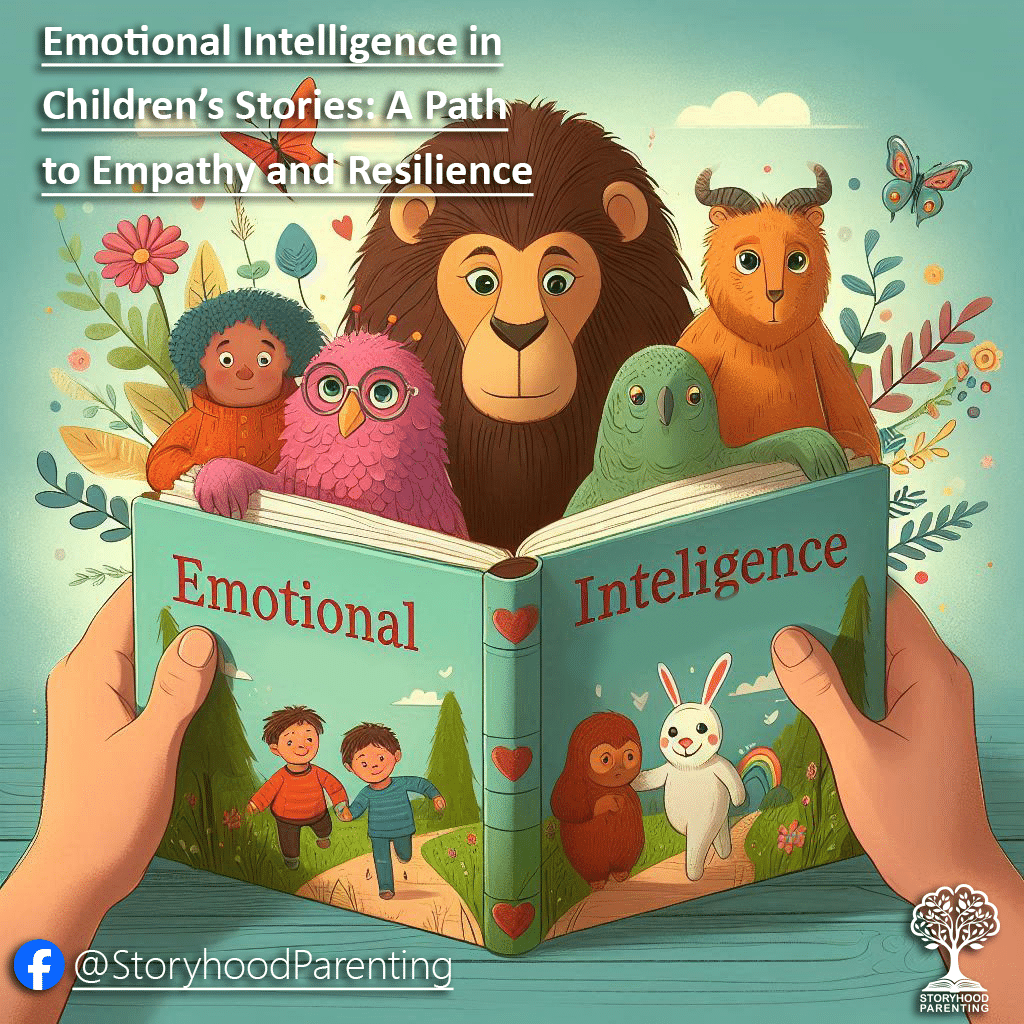Emotional Intelligence in Children’s Stories: A Path to Empathy and Resilience
Once upon a time, in the enchanting world of fairy tales, there existed a recurring theme—the Animal-Groom Cycle. These captivating stories featured brides and bridegrooms who were not quite ordinary. Lions, frogs, and even mysterious beasts played the role of potential spouses. But beyond their fantastical nature, these tales held deeper meanings, teaching cultural norms and values to young minds.
The Animal-Groom Cycle: Unveiling the Symbolism
In stories like “Beauty and the Beast,” we encounter a bride who looks beyond the monstrous exterior of her groom to find true love. These tales explore themes of choice, arranged marriages, and the transformative power of love. But what if the Beast isn’t the only monster in the story? Perhaps the real lesson lies in understanding what truly constitutes a monster.
The Animal-Groom Cycle: Unveiling Symbolism and Psychological Depth
In the enchanting world of fairy tales, the recurring theme of the Animal-Groom Cycle captivates our imaginations. These stories feature brides and bridegrooms who are far from ordinary—lions, frogs, mysterious beasts, and even the enigmatic “Beast.” But beyond their fantastical nature, these tales hold deeper meanings, teaching cultural norms and values to young minds.
The Beast as a Symbol
Let’s delve into the story of “Beauty and the Beast” and explore its psychological aspects. At its core, this tale revolves around cultural expectations, particularly marriage. The ultimate event in the story is the union of Beauty and the Beast. But what lies beneath the surface?
- Choice and Arranged Marriages:
- In the past, arranged marriages were common, and the concept of choice varied. Beauty’s decision to look beyond the Beast’s monstrous exterior reflects the idea that love transcends physical appearance.
- The tale raises questions: Is marriage a cultural expectation? How do we navigate the uncertainty that follows the wedding?
- Facing the Unknown:
- Marriage brings not only joy but also uncertainty. For some, it involves navigating uncharted territory—sex, emotional intimacy, and shared responsibilities.
- The word “marriage” itself used to be a euphemism for the initiation of sexual relations.
- The True Monster:
- If the Beast isn’t the primary monster, what else in the story represents monstrosity? Perhaps the real lesson lies in understanding what truly constitutes a monster.
- Could it be societal norms, fear of the unknown, or even our own prejudices?
Bruno Bettelheim’s Insights
Enter Bruno Bettelheim’s groundbreaking work, “The Uses of Enchantment.” In this book, Bettelheim argues that fairy tales serve as powerful tools for children’s emotional development. They help young readers grapple with existential problems, separation anxiety, and sibling rivalries. By navigating the emotional landscapes of these tales, children learn empathy, resilience, and problem-solving skills1.
Modern Interpretations: “Set Sail for a Funny Tale”
The animated series “Set Sail for a Funny Tale” follows the same principles. Princess Sophie and Captain Stumble embark on daring adventures, exploring mythical islands and encountering strange events. Here’s how it aligns with emotional intelligence:
- Identifying Emotions:
- Sophie and Stumble experience curiosity, empathy, and concern for others. Their emotional awareness models this skill for young viewers.
- Resilience and Problem-Solving:
- Sophie’s courage and self-acceptance resonate with children. She learns from mistakes and embraces change—a vital aspect of emotional intelligence.
- Empathy and Friendship:
- Sophie’s sensitivity to others’ feelings exemplifies emotional competence. Her bond with Captain Stumble teaches empathy and cooperation.
Why Watch Until the End?
As parents, we can encourage children to watch the series until the end. Emotional intelligence isn’t just a buzzword; it’s the compass guiding them through life’s adventures. Let the magic of storytelling nurture their hearts and minds, just like Sophie and Captain Stumble’s epic journey. 🌟
2: Watch “Set Sail for a Funny Tale”
3: What Is Emotional Intelligence?
4: Emotional Intelligence Definition






